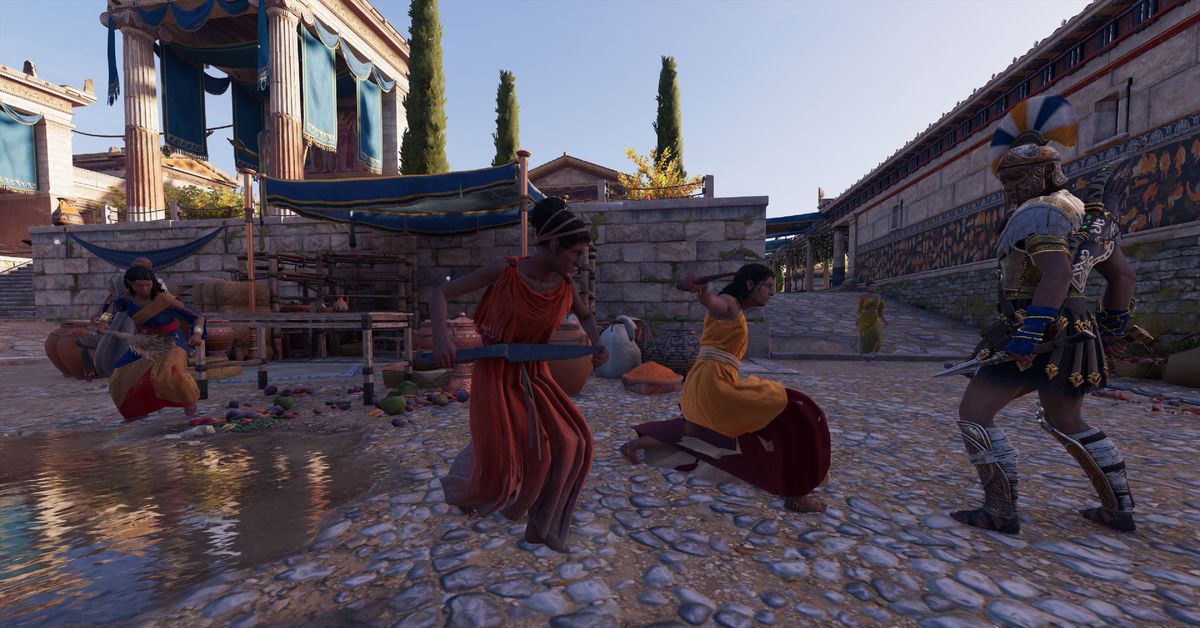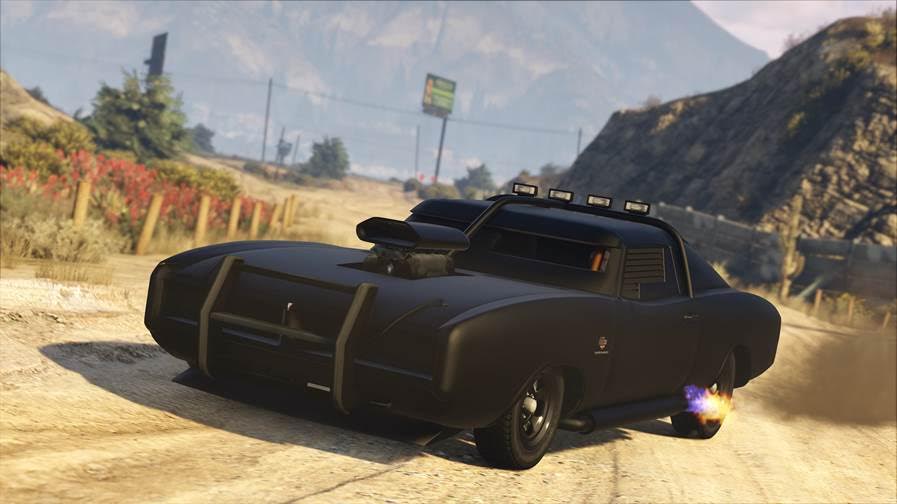Forza Horizon 4 graphics performance: How to get the best settings on PC

If there was ever a game series that had a Jekyll and Hyde-type relationship, it would definitely be Forza. On one side you’ve got the serious Forza Motorsport games that have been oiled to perfection for no nonsense racing sim fans, and on the other you’ve got the wild, off-the-cuff Horizon crew that would sooner blast a novelty air horn in your face than worry about things like gears and horsepower. As a lifelong Mario Kart lover, though, I know which one I’d rather have installed on my PC, so I’ve been revving the engines of today’s best graphics cards to see which ones are Forza Horizon 4 F1 supercars and which ones should be written off and taken for scrap.
Indeed, developer Playground Games has a lot to prove with the PC version of Forza Horizon 4, as its Australian-themed predecessor Forza Horizon 3 needed its fair share of tire changes when it first came out in 2016. Happily, I’m pleased to report that Forza Horizon 4 is a real beaut in the graphics performance department, as even the ancient cards I’ve got accruing in my collection can handle it at decent settings without stalling and coming to a shuddering halt. Here’s how they got on.
Forza Horizon 4 graphics performance: The specs
According to the Windows Store, these are the minimum and recommended specs for playing Forza Horizon 4. Graphics cards aside, my test PC comfortably exceeds the recommended spec, as I’ve tested every card with an Intel Core i5-8600K clocked at 3.6GHz with 16GB of RAM and the latest Windows 10 update.
Minimum specs:
OS: Windows 10
Processor: Intel Core i3-4170 or Intel Core i5-750
RAM: 8GB
Graphics: Nvidia GeForce 650Ti or AMD Radeon R7 250X
Video memory: 2GB
Recommended specs:
OS: Windows 10
Processor: Intel Core i7-3820 or higher
RAM: 12GB
Graphics: Nvidia GeForce GTX 970 or Nvidia GeForce GTX 1060 3GB or AMD Radeon R9 290X or AMD Radeon RX 470
Video memory: 4GB
Click the links below to see how each graphics card fared. Again, apologies for the lack of AMD cards on this list. They’ve once again proven to be rather difficult to get hold of, but I should be getting an RX 580 in very soon, so I’ll update the list with those results as soon as I can.
Forza Horizon 4 graphics performance: The goal
Before you do that, though, here’s what we’re aiming for in terms of performance. The main goal is, as always, to find the best combination of settings to achieve a smooth 60fps at 1920×1080, 2560×1440 and 4K. Fortunately, as I mentioned above, Forza Horizon 4 is incredibly well-optimised, and most cards should be able to play at Ultra or High settings without much fiddling whatsoever.
To test each card, I used Forza Horizon 4’s internal benchmark. This takes you through a race in a 2018 McLaren Senna car with multiple other super cars onscreen, different lighting conditions and various weather effects at play, such as rain and spray from wet puddles on the road, and spits out an average frame rate result at the end of it. However, for the sake of thoroughness, I also made a note of the highs and lows I saw in the frame rate while the benchmark was taking place, giving you a rough idea of the very worst kind of speeds you can expect, as well as the best.
Forza Horizon 4 graphics performance: How to get the best settings
I stuck with the game’s preset quality settings during my tests, as most cards ran Forza Horizon 4 so well that I felt little need to start tweaking them. However, it’s worth pointing out that the top Ultra setting doesn’t actually max everything out, so if you fancy even fancier shadows, motion blur, dynamic geometry (that is, better draw distances and surrounding detail), reflections, windshield reflections, and superior anti-aliasing, you can shunt all of those up another notch (some to EXTREME) if you feel like your graphics card isn’t being challenged enough. FXAA (another type of anti-aliasing) is also turned off even when you’re using the Ultra quality setting, so you can switch that on for even smoother edges if your graphics card is up to the task.
If you want a more bespoke Forza Horizon 4 experience, you can tweak each setting individually using the Advanced menu in the Video settings to create your own Custom quality profile. That said, the only way to switch between different quality presets on the Basic menu is to make sure the Dynamic Optimisation setting is turned on. Otherwise it locks off whatever quality setting you currently have enabled. A bizarre choice, perhaps, but an easy thing to work around.
I left Dynamic Optimisation turned off during my tests so I could get a more uniform idea of how each card performed across different presets, but I found that leaving it on actually makes very little difference. When I re-ran the benchmark on the Nvidia GeForce GTX 970 with Dynamic Optimisation turned on, for example, I got the same average frame rate and saw the same highs and lows as I did with it turned off. As such, those hoping this setting might revolutionise the experience of a struggling card will probably have to dig deeper into the advanced settings menu to get the performance boost they’re looking for.
Helpfully, you can get a rough idea of what each setting does to your GPU’s performance by reading the description on the right side of the screen. Some settings only have a ‘minor’ impact on your graphics card, for example, while others have a more ‘moderate’ impact. It also tells you which settings benefit from having more video RAM (so you might want to turn those down if your card only has 2-4GB of VRAM, for instance), and which ones affect your CPU as well, allowing you to pinpoint which settings to adjust depending on what’s inside your PC.
The big ‘uns to watch out for are shadow quality, dynamic geometry, world car level of detail (which improves the quality of the online Drivatars, traffic and other player cars), reflection quality, and MSAA (multi-sampling anti-aliasing for smooth edges).
Forza Horizon 4 also gives you the option of locking the frame rate to 30fps or 60fps if you prefer to keep things nice and steady instead of veering from one frame rate to another. 30fps can be handy if your graphics card is struggling to get to 60fps (although, judging by my results, I doubt this will be a problem for most modern GPUs), but generally I found that even older cards were pretty stable when playing on one of the presets (the difference between their minimum and maximum frame rates often no higher than 10fps), so you’ll probably be fine sticking with the 60fps lock for the most part. Of course, those with high refresh rate monitors will want to make sure the frame rate is set to Unlocked (Variable) so you can take advantage of all those lovely extra frames.
With all that in mind, let’s jump straight in and see how each graphics card held up. You can either use the page navigation bar below or jump back up the screen to hit individual cards.
[ad_2]
Source link






